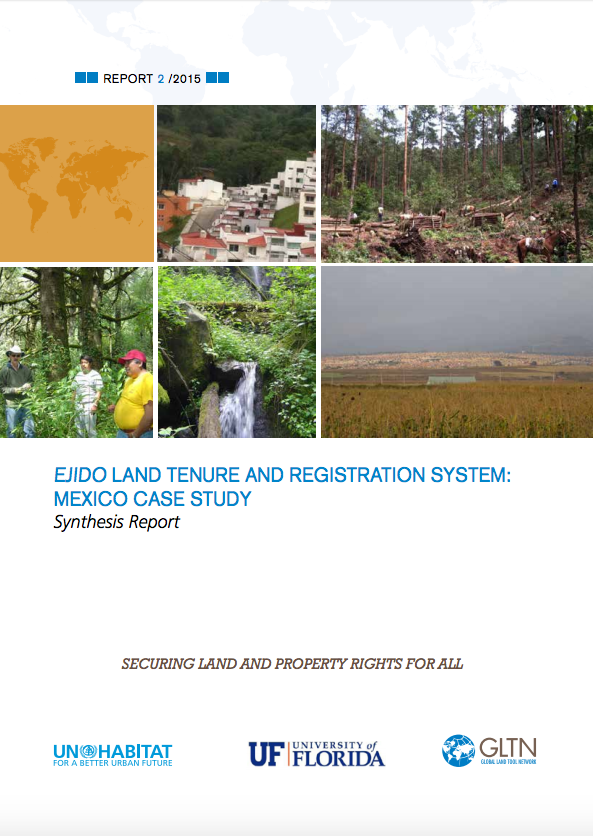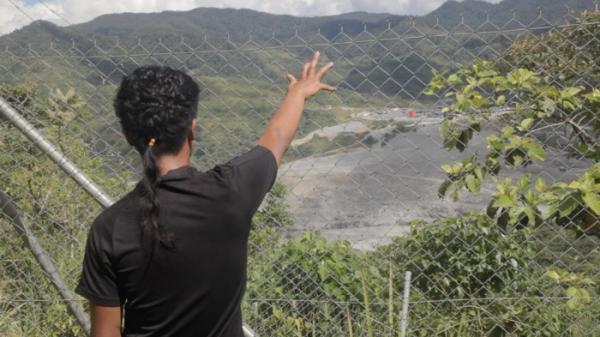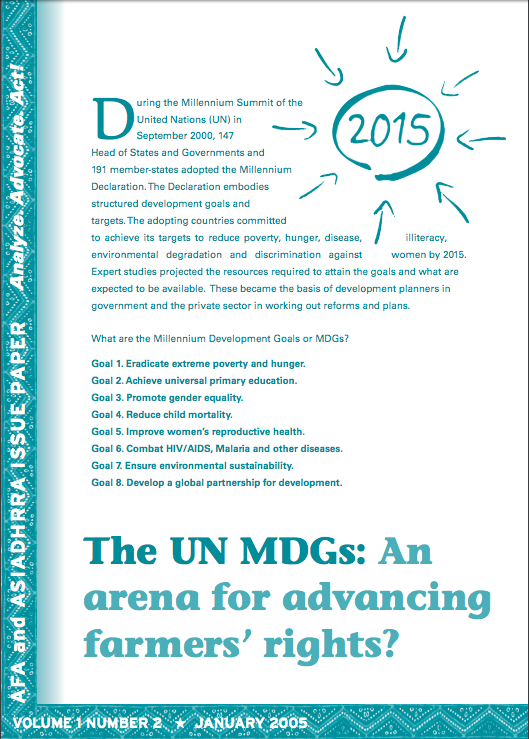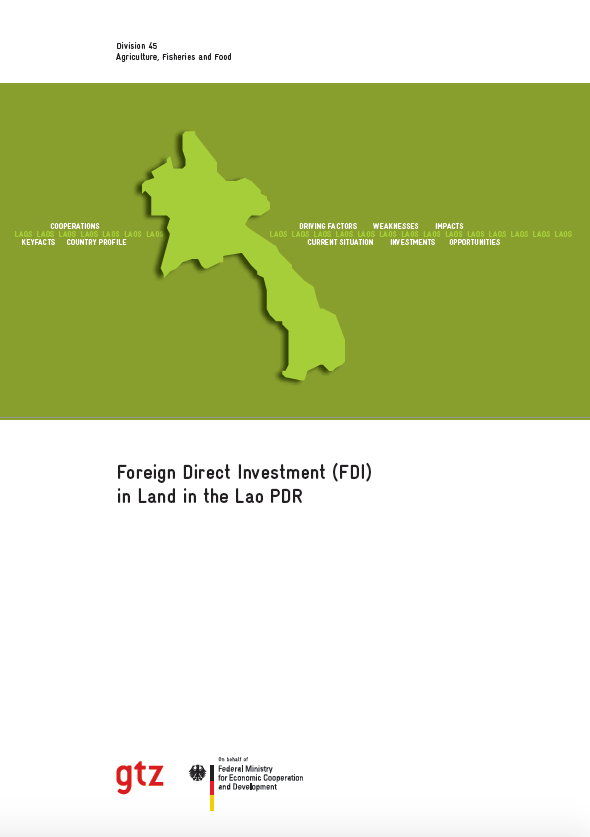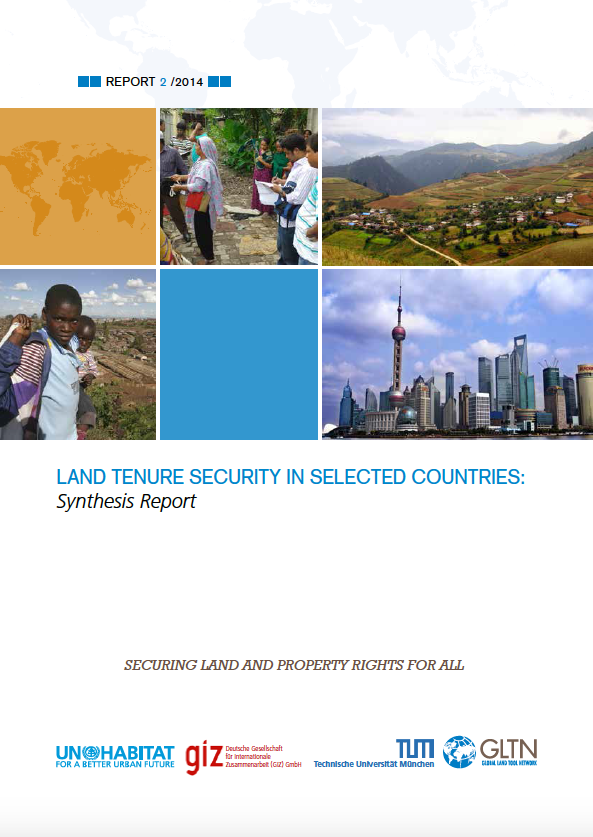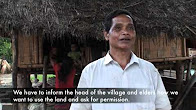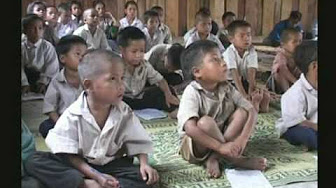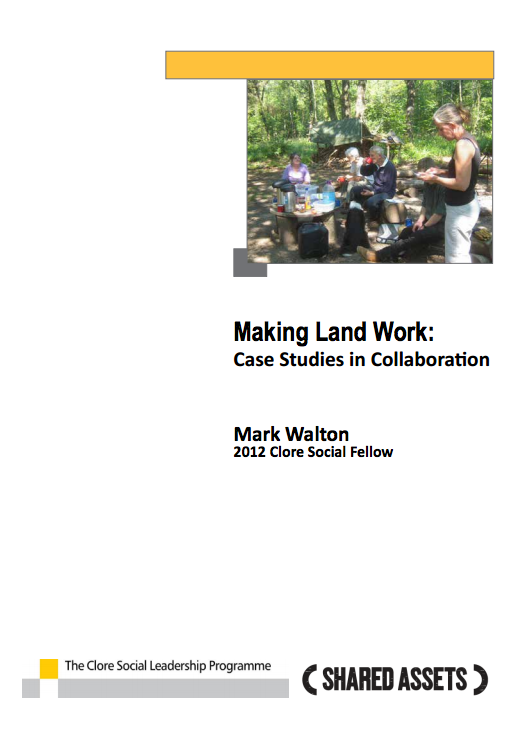Kenya Government Endorses New Method for Recognizing Community Land Rights
Major development in recognition of customary property rights in Kenya
Through its Kenya SECURE Project, USAID, in cooperation with the Kenya Ministry of Lands, recently developed the Community Land Rights Recognition (CLRR) Model, a process for providing legal registration of land held by communities under customary law. This is the first recognition of land owned as a result of customary usage in Kenya and will promote investment, better natural resource management and, in some parts of the country, reduce land grabbing.



